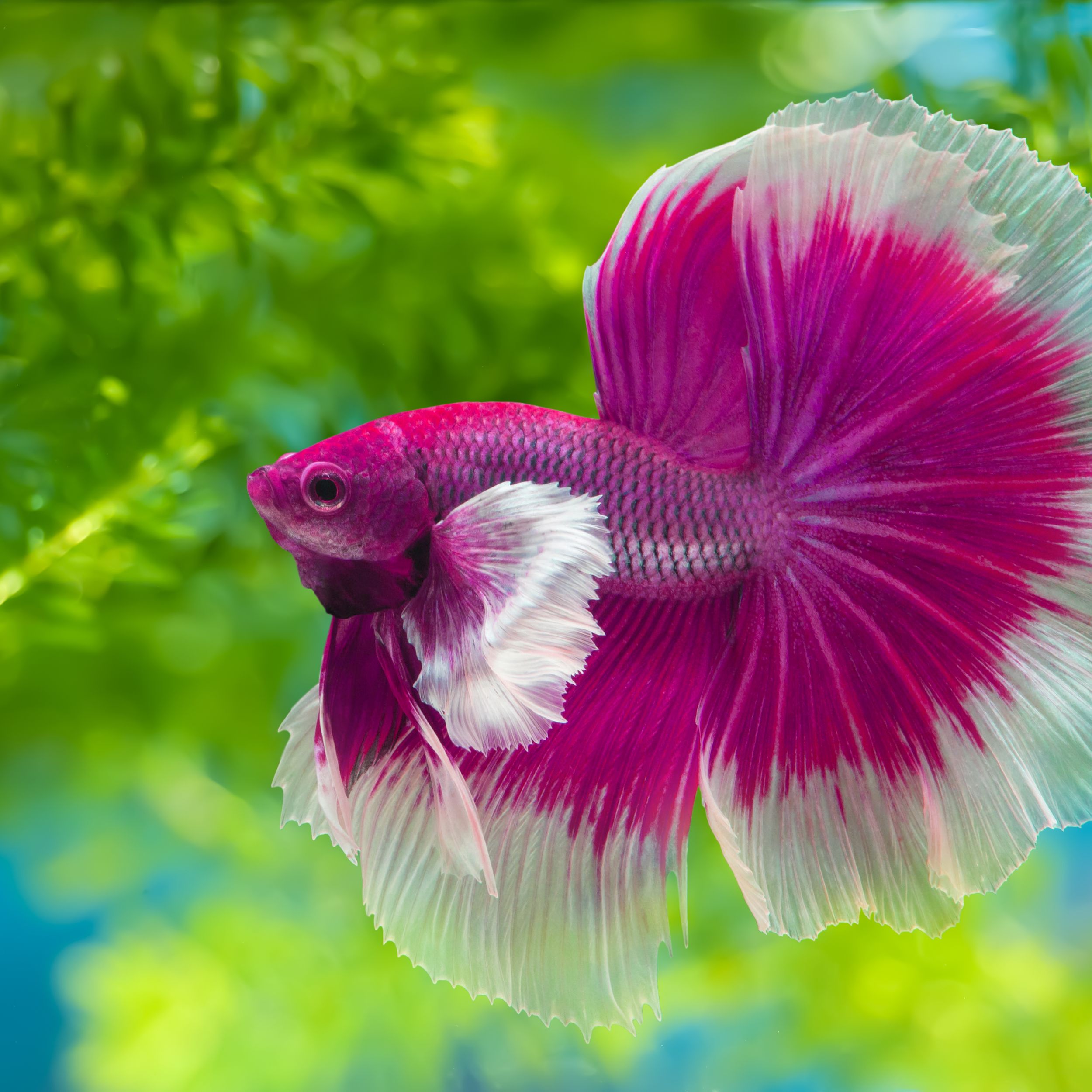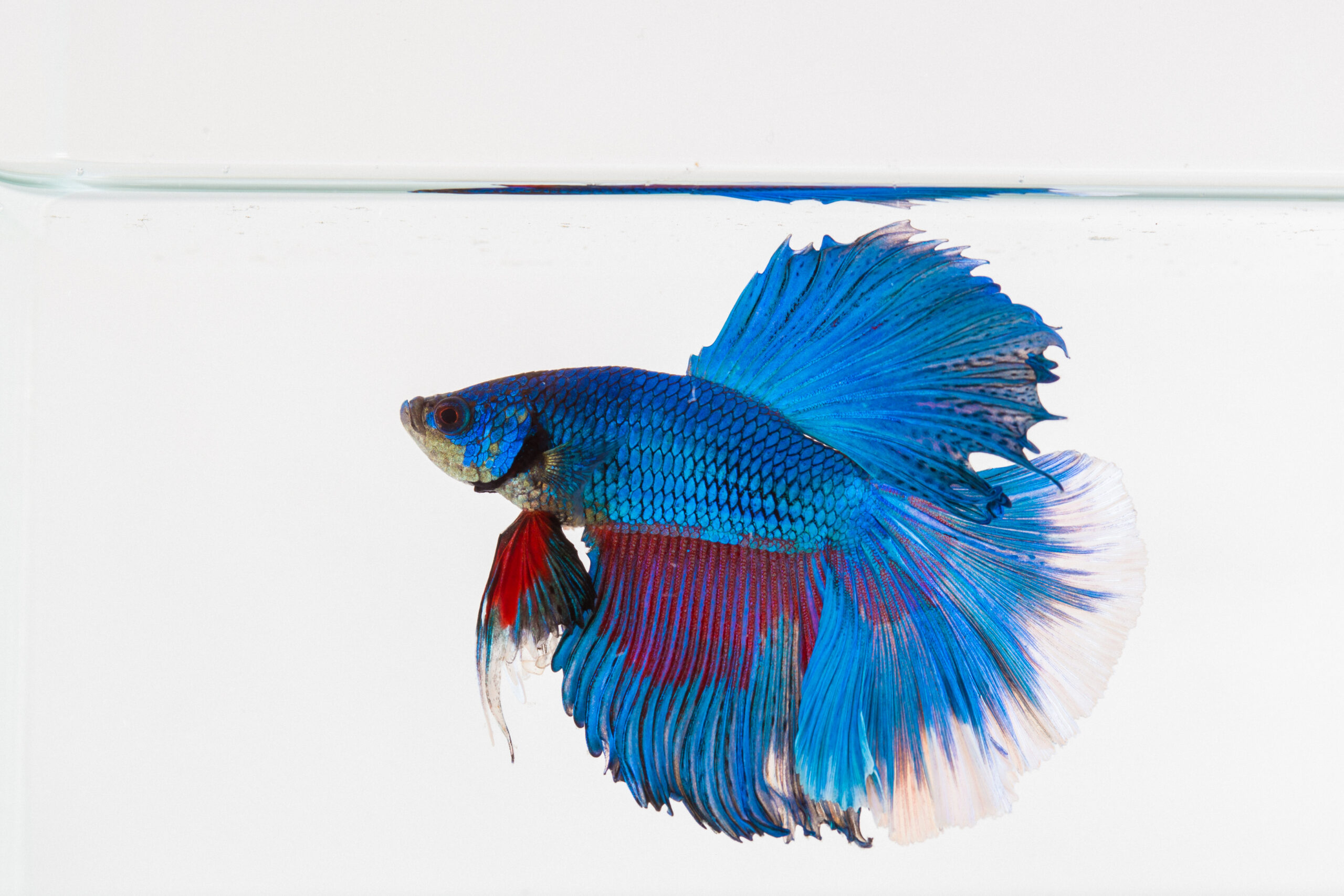The Ultimate Betta Fish Treatment Overview for New Animal Owners
The Ultimate Betta Fish Treatment Overview for New Animal Owners
Blog Article
Exactly How to Breed Betta Fish Effectively: Expert Methods and Insights for Hobbyists Seeking To Expand Their Betta Collection
Reproducing Betta fish needs a nuanced understanding of genetics and environmental conditions, making it essential for hobbyists to come close to the procedure with both diligence and care. Producing an optimum breeding setting, picking the ideal sets, and observing the complexities of their courtship actions are foundational steps that can dramatically affect the end result.
Comprehending Betta Fish Genes
Comprehending the genetics of Betta fish is essential for successful reproduction, as it influences qualities such as shade, fin form, and behavior. Betta fish exhibit a varied selection of colors and patterns, greatly determined by their hereditary makeup.
Along with pigmentation, fin morphology is another significant facet of Betta genetics (betta fish). The form and size of fins are influenced by various genetics, including those that establish whether the fins are brief, long, or veil-shaped. Comprehending these genetic variations assists dog breeders predict the phenotypic outcomes of their offspring
Additionally, behavior attributes such as aggression and territoriality can also be affected by genetics. These actions play a crucial function in the reproducing procedure, as they can influence spawning success and the overall temperament of the resulting fry. By adequately comprehending these hereditary principles, dog breeders can make enlightened decisions, ultimately boosting their reproduction programs and attaining preferable outcomes.
Preparing the Reproduction Atmosphere
Creating an ideal breeding setting is important for the successful reproduction of Betta fish. The very first step in preparing this setting is to select an ideal reproduction tank, ideally varying from 5 to 10 gallons.
Following, think about using a sponge filter or an air stone to give gentle water flow without producing strong currents that can emphasize the fish. It is necessary to set up plants or reproducing cones to use hiding spots and promote comfort for the female during the spawning process. Drifting plants, such as Java moss or water sprite, can likewise create an extra natural atmosphere while assisting in bubble nest building by the man.
Prior to introducing the reproducing pairs, make sure the water is conditioned and without harmful chemicals, such as chlorine or hefty metals. betta fish. Routine water modifications must be performed to keep ideal water top quality, boosting the chances of successful reproduction. With these preparations in area, the breeding atmosphere will certainly support the health and wellness of both Betta fish
Picking Breeding Pairs
Picking the appropriate reproduction sets is essential for accomplishing effective Betta fish recreation. Healthy Betta fish exhibit vivid colors, clear eyes, and active actions.
Temperament is one more essential consideration, as Betta fish are understood for their aggressive nature. It is recommended to select a man and lady that display compatible temperaments to reduce anxiety during the breeding procedure. A tranquil man can encourage a smoother courtship, while a female that is too hostile may interfere with the process.
Hereditary history additionally plays a considerable function in the high quality of the spawn. Reproducing fish that are genetically diverse can lower the danger of hereditary wellness problems and enhance the total vigor of the fry. It go right here is helpful to look into the family tree of both the man and lady, concentrating on desirable qualities such as fin type, color patterns, and size.
The Reproduction Process
The breeding procedure of Betta fish requires mindful planning and focus to information to ensure an effective outcome. Originally, it is essential to prepare a suitable reproduction storage tank, preferably a 5-10 gallon fish tank with a temperature maintained at 78-80 ° F. The tank must be equipped with a heater, filter (ideally sponge type to prevent solid currents), and plenty of marine plants for the woman to hide.
Once the environment is established, present the selected breeding pair to the container, allowing them to adapt. Observe their actions; the man will certainly display fancy courtship routines, including flaring his fins and building a bubble nest. If the woman reveals rate of interest, she will certainly present upright stripes showing preparedness for spawning.
When the lady is receptive, the set will engage in a breeding welcome, throughout which the male fertilizes the eggs. Keeping optimum water conditions throughout this duration is vital for the development of healthy Betta fry.
Taking Care Of Betta Fry

Feeding Betta fry is crucial, as they require a diet Recommended Reading high in protein. At first, they can be fed infusoria or fluid fry food, transitioning to finely crushed top notch pellets as they expand. Feed little sections numerous times a day to motivate healthy and balanced growth without overloading the storage tank with leftover food.

As they grow, check their development closely and separate any type of aggressive More Bonuses people to prevent damage. By supplying a nurturing setting and proper nutrition, enthusiasts can efficiently elevate Betta fry into vivid, healthy fish, eventually boosting their breeding ventures.
Final Thought
Effective Betta fish breeding calls for meticulous attention to genetic choice, ecological conditions, and care for the fry. By comprehending the genes of Betta fish and preparing a suitable reproduction atmosphere, hobbyists can enhance the possibilities of producing lively, healthy children.
Report this page